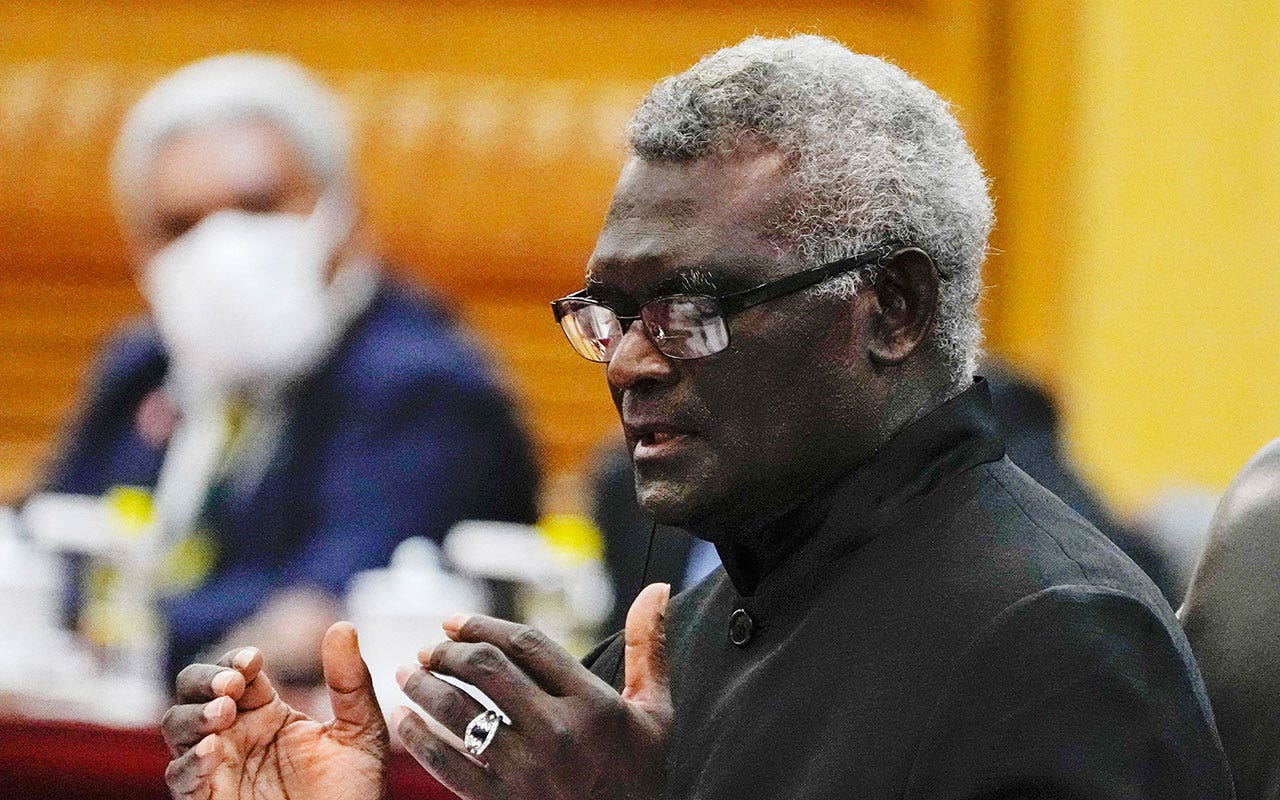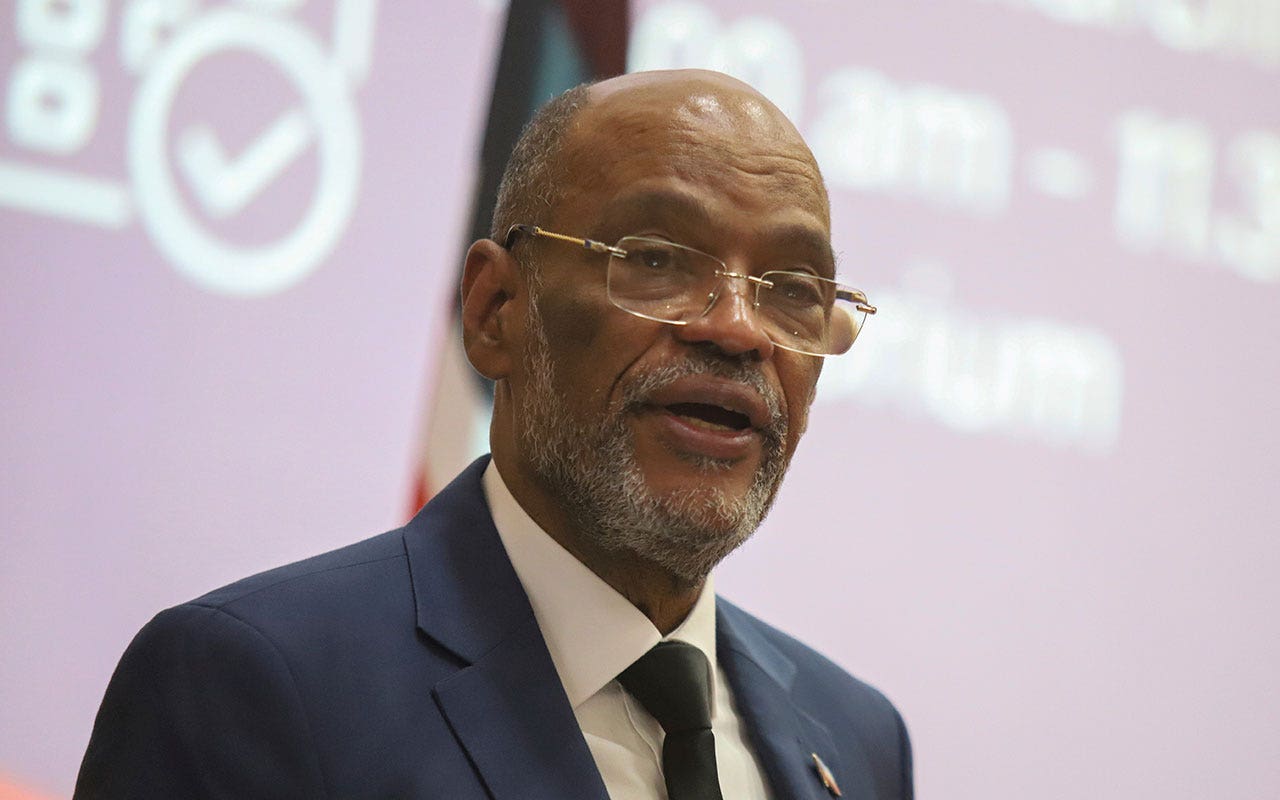Officially determining that a famine exists is a technical process. It requires analysis by experts, and only government authorities and top U.N. officials can declare one.
So how is famine defined? Here’s a closer look.
What is a famine?
Food insecurity experts working on the Integrated Food Security Phase Classification, or I.P.C., an initiative controlled by U.N. bodies and major relief agencies, identify a famine in an area on the basis of three conditions:
-
At least 20 percent of households face an extreme lack of food.
-
At least 30 percent of children suffer from acute malnutrition.
-
At least two adults or four children for every 10,000 people die each day from starvation or disease linked to malnutrition.
Since the I.P.C. was developed in 2004, it has been used to identify only two famines: in Somalia in 2011, and in South Sudan in 2017. In Somalia, more than 100,000 people died before famine was officially declared.
I.P.C. analysts expressed grave concern about food insecurity in Yemen and Ethiopia related to the civil wars in those countries, but said not enough information was available from governments to issue a formal assessment.
The classifications of famine in Somalia and South Sudan galvanized global action and spurred large donations.
What has the I.P.C. said about hunger in Gaza?
The first I.P.C. report on Gaza, released in December, found that the enclave’s entire population was experiencing food insecurity at crisis or worse levels. Though the group said Gaza had not yet crossed the famine threshold, it warned that the risk of famine-level hunger would increase if the war did not stop.
A second analysis in March projected that famine was “imminent” for the 300,000 Palestinian civilians in northern Gaza, and that such conditions would develop by the end of May.
The group’s analysis on Tuesday said almost half a million people in Gaza face starvation because of a catastrophic lack of food. It said aid deliveries had improved the situation in the north, but that Israel’s ground operations in the south had disrupted aid distribution there.
What are the complications in declaring a famine?
The December I.P.C. analysis relied on publicly available data from international and local aid groups in Gaza that the group said met its methodology standards. But I.P.C. analysts said they lacked recent data on the prevalence of acute malnutrition. Getting that data is very difficult in a war zone and poses a burden on already overwhelmed health care workers, the group added.
The organization’s criteria were originally designed to address weather-related famine, not wartime crises like the one in Gaza. But most severe hunger crises in recent history have been driven by conflict rather than weather.
And while I.P.C. experts perform the analysis that can classify a famine, it is up to government authorities and the United Nations to formally declare one.
In some cases, countries have hesitated to do so. In 2022, Somalia’s president expressed reluctance to declare a famine during a severe hunger crisis brought on by a drought. And in 2021, Ethiopia blocked a classification of famine in the Tigray region through heavy lobbying, according to a top U.N. official.
It is unclear exactly what authority could declare a famine in Gaza. The I.P.C. group said the process typically involves the government in a country and its top U.N. official. Determining who that authority would be in Gaza was beyond the organization’s scope, it said.






